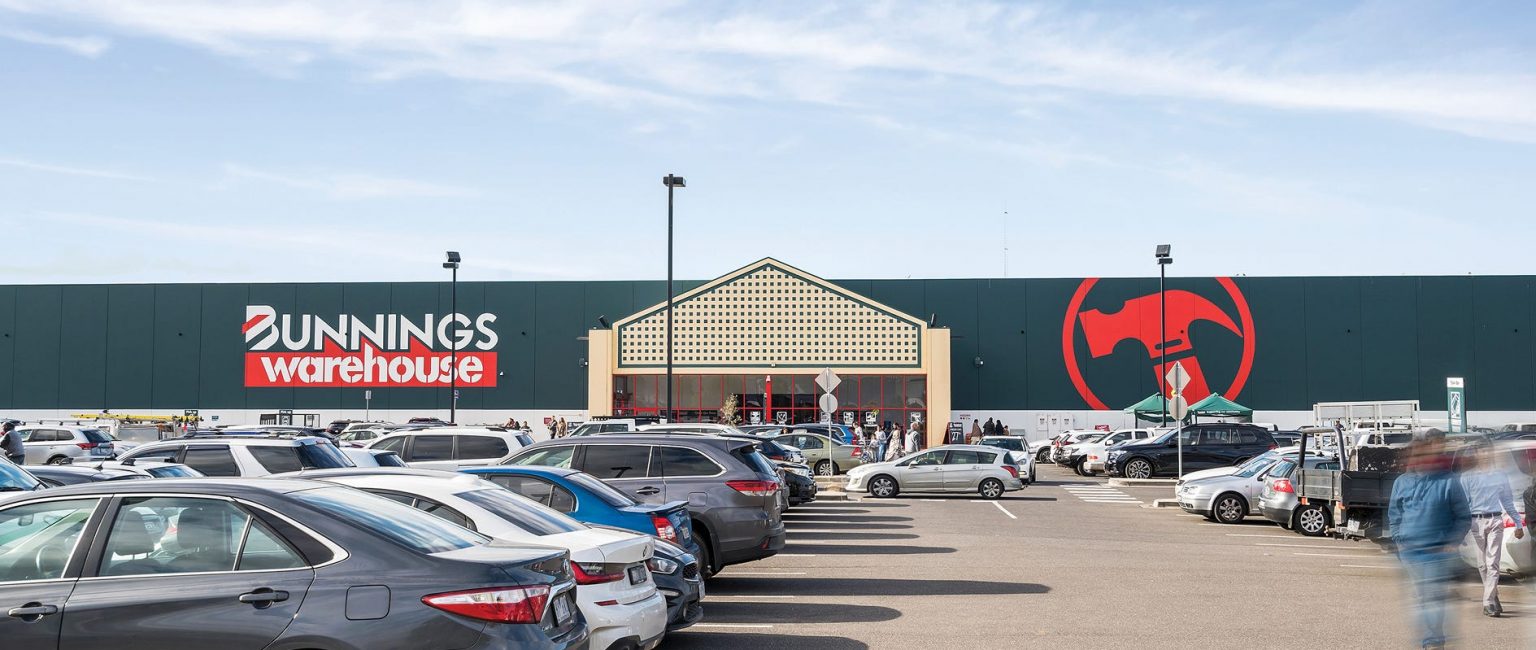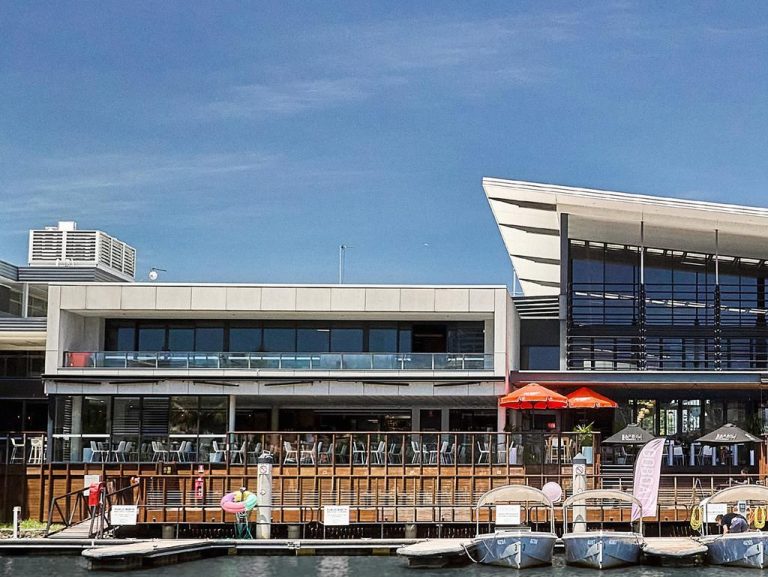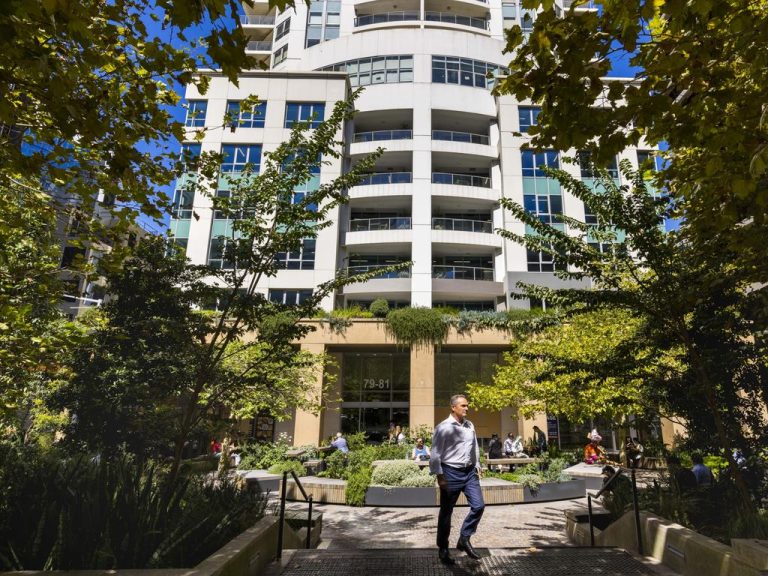Bunnings and Amart in Hoppers Crossing sold together for $99.6m

One of Australia’s largest Bunnings warehouses in Hoppers Crossing has been sold to an investor along with an Amart Furniture store for $99.6million.
The 21,670sqm hardware store is part of a 55,387sqm large format retail property and has been described as one of the brand’s biggest sites.
The expressions of interest campaign attracted 167 inquiries and bids from a range of buyers including private, domestic, institutional and international investors, selling agent and Burgess Rawson partner Billy Holderhead said.
The large format retail site sold to the investor, ESCB Holdings.
Mr Holderhead said most Bunnings stores sold since May 2019 had an overall site area of 26,640sqm with the Hoppers Crossing store being around double that size. The hardware brand is the anchor tenant and generates 73.8% of the net income for the site.
The Hoppers Crossing Bunnings opened in 2013 and the lease to the Wesfarmers-owned stores goes to September 2028 with five further five-year lease options plus 3% annual rent increases. Amart has renewed its ten year lease and that agreement is subject to CPI increases.
“The strength of the Bunnings business and size of the store attracted considerable market interest,” Mr Holderhead said.
The $99.6million sale price is “a strong result” according to PropTrack economist Anne Flaherty, and shows just how attractive commercial property is right now given the current global economic uncertainty.
“Particularly those commercial properties that are anchored by strong tenants with good lease covenants, and those that are returning a good income. They’re seen as a safer bet in the current economic climate,” she said.
Investors are attracted to the relative stability commercial property offers compared to other investments such as shares, Burgess Rawson partner Beau Coulter said.
“Instead of investing in Wesfarmers, Woolworths or Coles shares and sweating on the daily market fluctuations, property investors are parking money in bricks and mortar with secure, long-term leases to these same groups,” he said.
“Relatively speaking, it’s boring, but that’s the appeal.”

The large format retail site was offered to market with the option to subdivide the property and split off the Bunnings warehouse from the Amart Furniture store, but the investor wanted to retain the single 55,387sqm property. Picture: realcommercial.com.au/sold
The location of the property is “fantastic” Ms Flaherty said as it’s in “Melbourne’s growth corridor” where ongoing population growth is creating a larger market for those looking to shop at Bunnings for home improvement projects.
“And aside from it being a good current investment; the size of the site, I think will be quite appealing as well, in the sense that the value of that land is likely to see, good strong capital appreciation over the coming years,” she said.
The large format retail site went to market with a plan of subdivision but the investor opted out of that aspect of the sale, according to Zomart He, Burgess Rawson’s Head of Asian Investment Services.
“The land tax advantages attached to the proposed subdivision weren’t enough for him compared to the long-term future value of such a large, landmark site on Old Geelong Road,” Mr He said.
The decision not to subdivide didn’t surprise Ms Flaherty.
“You’ve got two fantastic tenants in there. If I happen to own a $100 million property and 70% of it was leased by Bunnings, I’d be keen to keep them going and just hold it and get that income because you’re getting a pretty good return,” she said.
Prior to the sale of the Hoppers Crossing Bunnings, the largest Bunnings sale this year was bought by Charter Hall for $65.3 million for a 17,982sqm store in Nowra on the NSW South Coast.
But the market for large format retail stores, which performed very well during the early years of the pandemic, is now starting to soften Ms Flaherty said.
The Hoppers Crossing store is the eighth Bunnings sold in 2022 according to Real Capital Analytics data compared to the 23 sold in 2021 when the home renovation activity that took off during lockdowns was as its peak.
“We are now starting to see a reversal of that trend. But I think that these assets are likely to perhaps not perform as strongly as they did in 2021,” she said.
“But it’s important to remember that 2021 was a record year, we saw record demand, record spending in that area. So we’re coming off the back of a very strong period. So by no means is demand going away. It’s just softened slightly.”







